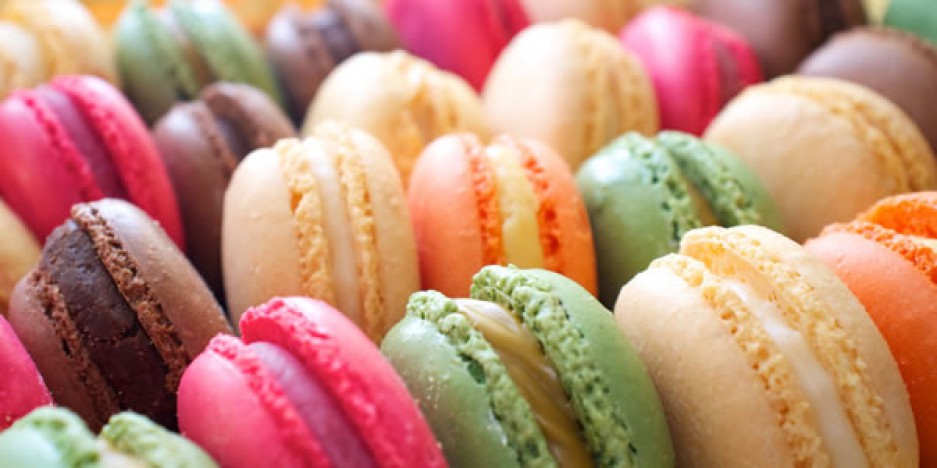In the article “Let Them Eat Foie Gras! French Food Fights Back,” talks about a of couple organizations in France that are trying to show the world that French food will regain its dominance and that it is constantly evolving. The  organizations, Omnivore and Le Fooding, became tired of seeing top chefs from other countries overtake French restaurant’s ranks on “best restaurant” lists as well as the decline of French restaurants in places such as New York City. They decided to “publish guide books that highlight a new generation of chefs in France and holding high-profile food festivals that attract top chefs.” Omnivore and Le Fooding are beginning to be sponsored by some big food and drink companies in France that can benefit from the kind of publicity that the organizations are offering. The formation of the two groups were both “by journalists to rally against the mainstream culinary press” because they felt these press “gave all the attention to expensive, overly formal restaurants that focused on luxurious décor” but these expensive places are not typically what the average diner is looking for today. Chef Wylie Dufresne of WD-50 in Manhattan has participated in events for both organizations recently and believes that “France has done a lot to move forward. They’ve opened up to the idea of being contemporary.” For centuries, French food has been regarded as eloquent and superior based on factors such as their ingredients, their technique, and even how they classify sauce. The precision used by French chefs allowed them to “train disciples, write more accurate cookbooks and effectively export their cuisine around the world.” Although, that exact tradition is what has hurt French cuisine in recent years. Other countries have been experimenting more and that has decreased the French’s dominance. Omnivore and Le Fooding are doing their best to highlight that the French have begun to experiment as well, and that getting an authentic French meal doesn’t have to break the bank.
organizations, Omnivore and Le Fooding, became tired of seeing top chefs from other countries overtake French restaurant’s ranks on “best restaurant” lists as well as the decline of French restaurants in places such as New York City. They decided to “publish guide books that highlight a new generation of chefs in France and holding high-profile food festivals that attract top chefs.” Omnivore and Le Fooding are beginning to be sponsored by some big food and drink companies in France that can benefit from the kind of publicity that the organizations are offering. The formation of the two groups were both “by journalists to rally against the mainstream culinary press” because they felt these press “gave all the attention to expensive, overly formal restaurants that focused on luxurious décor” but these expensive places are not typically what the average diner is looking for today. Chef Wylie Dufresne of WD-50 in Manhattan has participated in events for both organizations recently and believes that “France has done a lot to move forward. They’ve opened up to the idea of being contemporary.” For centuries, French food has been regarded as eloquent and superior based on factors such as their ingredients, their technique, and even how they classify sauce. The precision used by French chefs allowed them to “train disciples, write more accurate cookbooks and effectively export their cuisine around the world.” Although, that exact tradition is what has hurt French cuisine in recent years. Other countries have been experimenting more and that has decreased the French’s dominance. Omnivore and Le Fooding are doing their best to highlight that the French have begun to experiment as well, and that getting an authentic French meal doesn’t have to break the bank.
The author of this article does a good job of showing both sides of the argument. She shows how these new guidebooks are making good changes but also how the old guidebooks are still prominent and are relied on for making decisions. I thought that having both sides of the story was a positive aspect of the article. Doing this shows the reader that the author really tried to explain what each guidebook was about. She also does a good job in breaking up her article. There aren’t any long paragraphs of text which makes it very easy to read.
The article was really interesting to me as it shows not only how the way people think about French food is changing, but also how not all of the French are for this movement to a more modern way of cuisine. What was particularly neat to me was how the two organizations were formed. The organizations have many similarities in how they were formed and why they were formed. I thought it was interesting how alike the groups were and how they had a common idea.




